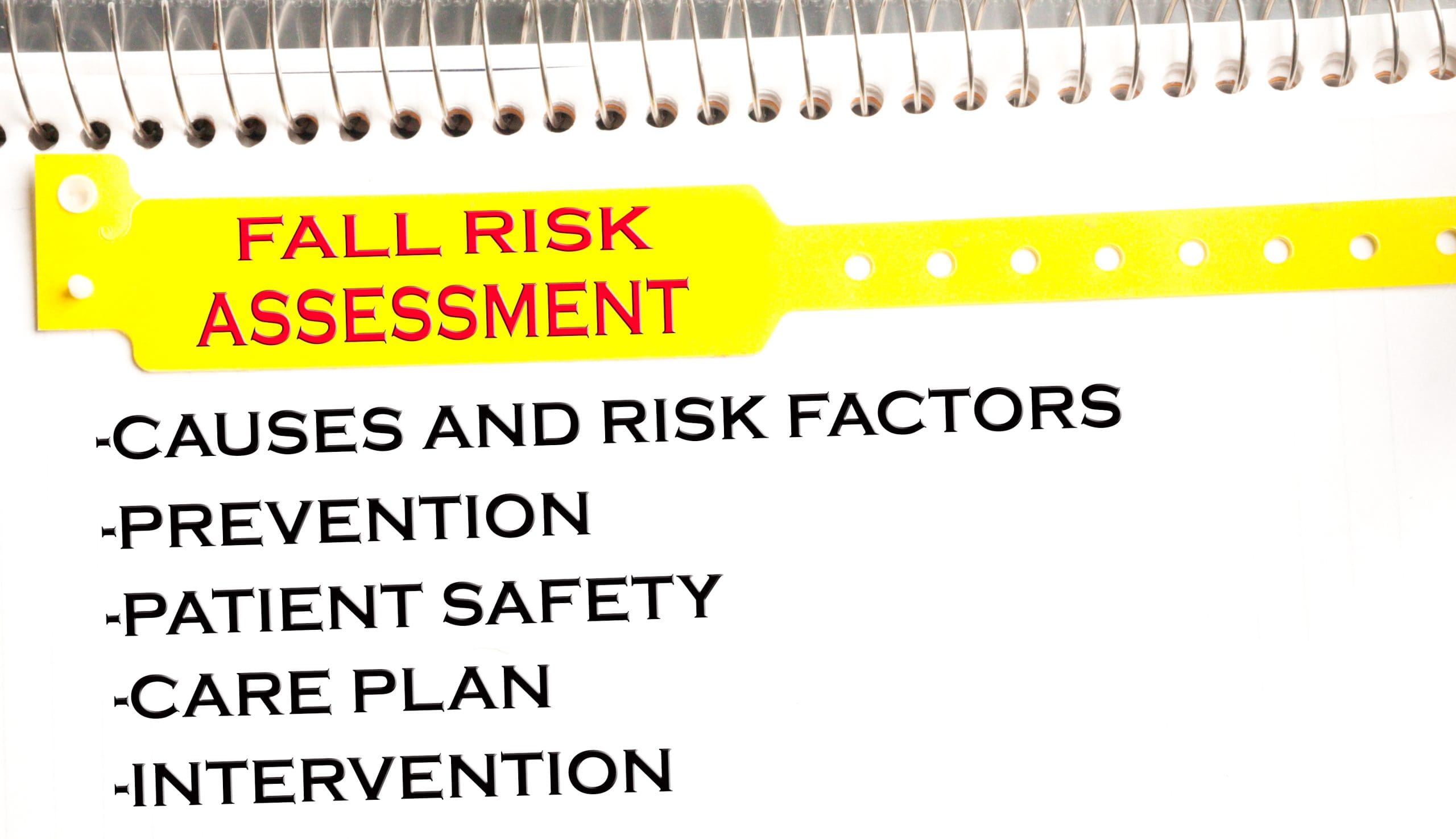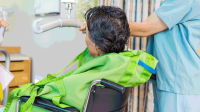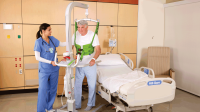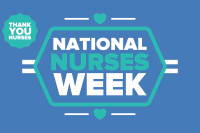Customize care to each patient’s unique fall risk.


Nurses make significant contributions to patients’ experiences, safety, and healing. Today, with such a strong evidence base in place to demonstrate the correlation between nursing care and patient outcomes, we must keep our focus on proven practices and core interventions—frequently called “nursing basics” or the “essence of nursing.”
Consider, for example, falls prevention. This important aspect of nursing care should always stay on our radar considering the magnitude and scope of harm that can result from a fall. Falls continue as a leading cause of injury in adults age 65 and older and unintentional injury deaths in those 85 and older. Every second an older adult falls.
We can’t just rely solely on universal falls precautions to reduce falls on a broad scale. One size, or in this case, one approach, does not fit all. The key is customizing care to each patient’s unique fall risk. This idea may seem counter to what nurses have been taught, but adapting to new evidence to evolve our practice remains a nursing basic.
Autonomy and the patient’s right to choose falls prevention
Assessing your patients’ risk for falling
Challenging and Inspiring: Beyond Common Fall Prevention Practices
American Nurse Journal is excited to announce a two-part webinar series focused on enhancing nurses’ knowledge related to patient fall prevention and application of new best practices, featuring prominent patient safety experts Lillee Smith Gelinas, DNP, RN, CPPS, FNAP, FAAN, and Patricia A. Quigley, PhD, APRN, CRRN, FAAN, FAANP, FARN.
For years, American Nurse Journal has published articles and resources about falls prevention to keep nurses up to date with cutting-edge guidelines. The latest is featured in this month’s journal as well as in a webinar focusing on current practices. So what do you need to know about customized care to prevent falls? Here are a few examples:
- Interventions should be patient specific, not setting specific. Determine risk factors to drive an individualized care plan.
- Recognize the difference between patients who are “known fallers” and those “at-risk for falls.” Known fallers arrive at the emergency department because they fell. Place everybody else in the at-risk category.
- Screen patients for risk factors using a valid and reliable tool. Identify specific, modifiable fall risk factors, such as current medication use and mental status.
As nurses, we must advance falls prevention practices beyond universal fall precautions based on each patient’s assessment score or level of risk. Use your clinical judgment and expertise when selecting core interventions to protect patients from falling.
Nurses can and should take the lead for the team-based actions required to individualize plans of care, based on actual patient fall and injury risk factors. This topic offers an excellent opportunity for collaborative education to bring all team members up-to-date on the latest strategies to prevent or minimize falls-related injuries.
Preventing falls remains one of the highest patient safety priorities. It’s a nursing priority, too. Our patients deserve nothing less.


Lillee Gelinas, DNP, RN, CPPS, FAAN
Editor-in-Chief
Resources
Read more at American Nurse Journal:
- Preventing falls in long-term care facilities (bit.ly/4bbsX4r)
- The VIP treatment: A comprehensive post-fall assessment guideline (bit.ly/3y7Tst7)
- Preventing postpartum newborn falls (bit.ly/3JUUriA)
- Preventing falls in hospitalized patients (bit.ly/4a55j8h)
American Nurse Journal. 2024; 19(6). Doi: 10.51256/ANJ062404


















